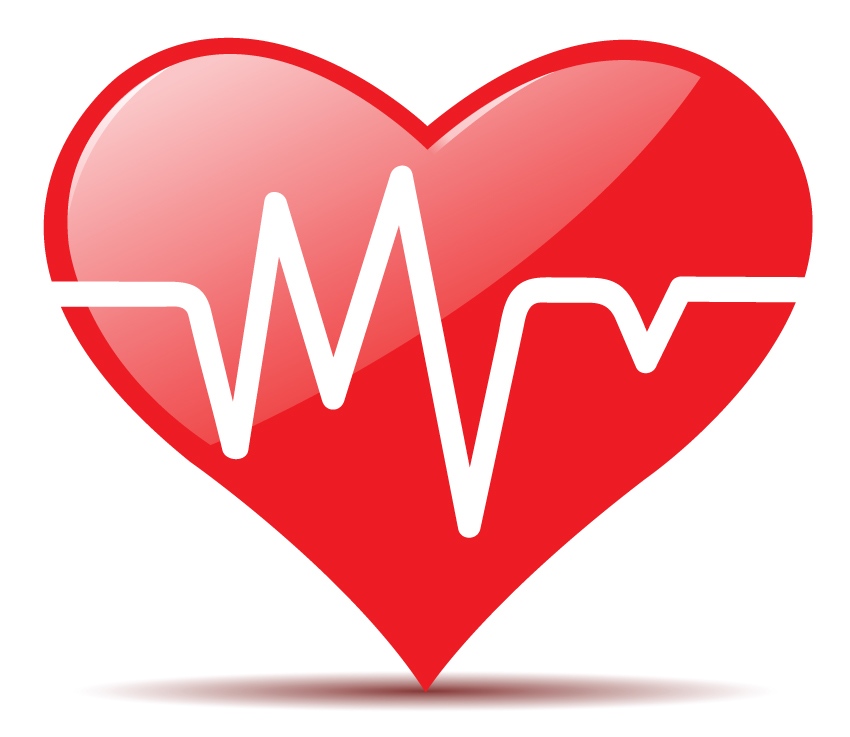 My mother was a very healthy nonsmoker and marathon runner. I lost her and my brother three days apart. My mother had a fatal heart attack three days after discovering my brother was fatally poisoned. Her cardiologist explained my mother died of a broken heart.”
My mother was a very healthy nonsmoker and marathon runner. I lost her and my brother three days apart. My mother had a fatal heart attack three days after discovering my brother was fatally poisoned. Her cardiologist explained my mother died of a broken heart.”
“My dog died on a Saturday, and the next Monday, I was admitted to the hospital with severe chest pains. My cardiologist diagnosed me with a heart attack due to a broken heart. I made a full recovery three months after discharge.”
“I am a 68-year-old, four-mile-a-day walker who takes care of her weight, and is on no medications My heart attack shocked me and my family physician. I recently had become a widow. That weekend, I was packing in anticipation of downsizing and relocating to a senior living facility. I was going through family pictures and mementos and thinking about my life in the house I had called home for close to 30 years. My husband and I had raised three lovely kids in that house. My memories were both sweet and sad throughout that weekend. By Sunday night, I started having chest pains with profuse sweating. I thought I was tired. My neighbor felt otherwise. She insisted on taking me to the Emergency Room. The next morning, my cardiologist told me I had sustained a heart attack from a broken heart.”
What do these stories have in common? Each individual appears to be healthy, with no high risk factors and leads an active lifestyle. Yet, each sustains a heart attack. All these individuals also have experienced a singular and intense emotional and/or physical stress just prior to the heart attack. This emotional and/or physical stressful state is the cause for the heart attack. Romanticists designate such states as a broken heart. Cardiologists accept and recognize this emotional state, and label it as the heart attack due to a Broken Heart Syndrome.
DIFFERENT NAMES SAME DISEASE
Heart attack due to a broken heart has many names. It has been called a Broken Heart Syndrome, Stress-induced Cardiomyopathy, Apical Ballooning and a Stunned Heart. Most commonly, it is called Takotsubo Syndrome.
POPULATION AFFECTED
So, what is a broken heart? Hollywood has known for a long time that when the lover is rejected by the heroine, the scene generally revolves around the lover clutching his chest and falling to the ground unconscious. However, in real life, neither is the presentation of a heart attack from a Broken Heart Syndrome that dramatic and the outcome so unfortunate. Generally, the Broken Heart Syndrome occurs in middle-aged, post-menopausal women who have experienced an intense sense of grief or anger. However, there is a small percentage of patients with a Broken Heart Syndrome neither postmenopausal nor with a history of intense or emotional turmoil, grief or sadness. They are men who have undergone an intense physical stress. Heart attack from a Broken Heart Syndrome generally occurs in an individual who lacks the traditional risk factors for heart disease.
SYMPTOMS AND PRESENTATION
The symptoms generally comprise of chest pain, unexplained sweating, shortness of breath, palpitations and jaw or throat discomfort. Sometimes the only symptom is arm pain.
WHAT IS IN A NAME?
As noted above, one name for the Broken Heart Syndrome is Takotsubo Syndrome. Takotsubo is a Japanese word for a flask-shaped octopus trap. With a Broken Heart Syndrome, the heart muscle and chamber become exhausted and dilated so as to assume the shape of a Japanese octopus trap.
DIAGNOSIS
The Broken Heart Syndrome is a diagnosis of exclusion. Once the electrocardiogram (EKG) and blood tests results are consistent with a heart attack, the cardiologist looks for the underlying cause of the heart attack. The ultrasound of the heart shows that not only has the heart assumed the shape of an octopus trap, but the function of the heart also has been significantly compromised. The next step is a coronary angiogram to look for arterial blockages. As the Broken Heart Syndrome occurs due to emotional or physical stress, no significant blockages are seen on the coronary angiogram. This, of course, is a good thing because the patient need not undergo any stent placement or open heart surgery. Once an octopus trap is appreciated on both an angiogram and an ultrasound, and there are no blockages in the coronary arteries, in a setting where there has been a recent intense emotional or physical stress, the diagnosis of a Broken Heart Syndrome is established.
TREATMENT
This kind of heart attack is completely reversible with no residual damage. Patients are recommended cardiac rehabilitation and stress control with counseling, biofeedback and medications, both cardiac and mood changing in nature. The recovery in the heart function is complete and without any complications, generally in six to 12 weeks.
Dr. Afroze Ahmad is a multiple board certified cardiologist practicing at Las Sendas Cardiology, P.C., located at 3514 N. Power Road. For information, or to make an appointment, call (480) 361-9946.

